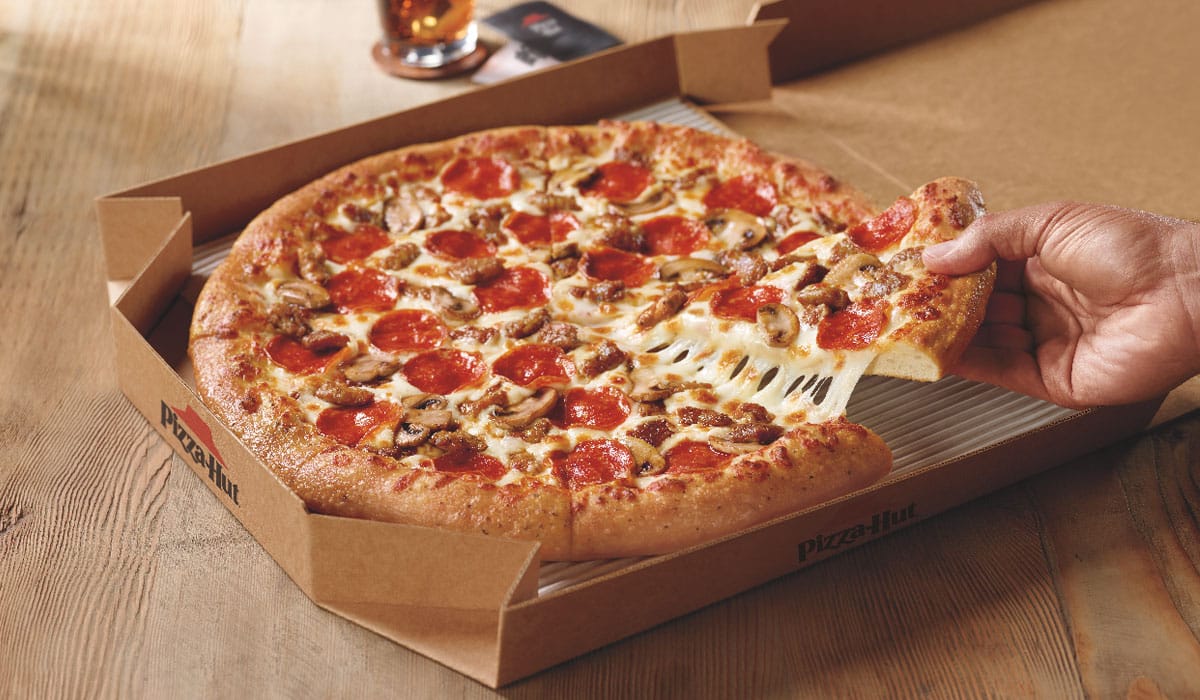Oh, where, oh where, have the delivery drivers gone?
It’s hard to say exactly, but chains like Domino’s and Pizza Hut are feeling the impacts, boosting wages and offering more perks as a driver shortage slices through pandemic sales gains like a pizza cutter and frustrates customers along the way.
Thriving in the face of this shortage is Papa Johns, where sales are holding at record highs. The chain credits this boon in part to its leverage of technology to tap third-party driver networks.
Conversely, Domino’s shared on an earnings call that 40 percent of its stores were using call centers to manage orders to free staff to make deliveries. The unwillingness of some chains to work with third parties and apps is contributing to their sales slump.
Pizza shops large and small need drivers to maintain order volume—and competitive advantage. To maintain your slide of the (increasingly competitive) market share pie, here’s how to ensure your restaurant always has drivers at the ready.
How the delivery shortage shortchanges customers
A lack of delivery drivers doesn’t just hurt the bottom line—it can also affect long-term customer loyalty.
It’s easy to see how not having enough drivers to fulfill orders can harm the customer experience. Remember the last time you ordered takeout on a Friday after a long week, only to have your food arrive late and cold? At this year’s Pizza Expo, we heard from pizza chain owners that some restaurants have been forced to call customers updating their delivery times from the promised 60 minutes to a whopping 90 to 120 minutes! This is a surefire way to leave your customers “hangry” and potentially lose their business for good.
Fewer delivery drivers also mean overall order volume drops. We also heard that many pizza chains turn off their online ordering solutions because they can’t fulfill them—sometimes even forgetting to turn them back on. If this happens during peak periods, your restaurant loses out on a ton of potential dough.
Using tech to solve a people problem
You can’t wave a magic wand and instantly produce more delivery drivers. You can, however, use technology solutions to extend your options.
Optimizing your in-house fleet
Route optimization guarantees drivers take the most efficient route possible to deliver in optimal order. This helps fulfill orders in a way that is most cost-effective for your business and most satisfying for your customers.
Smart order batching allows restaurants to group multiple orders to reduce the time customers wait by considering the distance to the customer, estimated delivery times, and driver availability.
As the term implies, live driver tracking allows you to monitor drivers along their routes in case delays or mishaps arise. Ideally, you can manage all these features in one place to oversee both on-demand and pre-scheduled orders, drivers, and routes.
These tech tools also help with driver onboarding and retention—the more streamlined their experience, the more likely they are to stick with the job.
Don’t forget to consider incorporating such features into your driver recruitment efforts, too. You can advertise these additional perks to compete for drivers within tech-savvy gig marketplaces. If you’re struggling to hire, look to solutions like GigSmart, which helps you recruit pre-vetted and insured drivers on demand.
Incorporating a hybrid delivery model
The other tech-enabled solution to consider is hybrid delivery.
Hybrid models let you optimally utilize your in-house fleet, while also giving you the option to tap into and third-party driver networks. This massively turns the tables for pizza restaurants as they’re no longer at the mercy of drivers or lack thereof.
With renewed control, restaurants choose which high-priority orders or VIP customers get assigned to in-house drivers while outsourcing the rest to third-party drivers via white label fulfillment solutions like DoorDash Drive.
For the average pizza restaurant, this manual decisioning process takes an average of 10 minutes. It doesn’t seem like a long time, but the added minutes can be all it takes for a customer to become unhappy with the quality of their food and experience.
Hybrid delivery technologies turn those minutes to seconds, with algorithms that dispatch orders to either in-house or outsourced drivers instantaneously, ensuring consistent, efficient delivery.
And instead of turning off their ordering systems, restaurants can also activate third-party backup fleets during times of high order volume so they don’t lose out on sales.
Pizza Hut, for example, has deployed third-party delivery as a service model across about half of its locations. This increases delivery capacity but comes with manually deciding which orders to outsource. The company recently acquired Australian technology firm DragonTail to help make this process more efficient using a hybrid model.
Taking a bite out of the driver shortage
While the big chains have more resources to adapt, not everyone can buy a tech solution like Pizza Hut did with DragonTail. But mid-market chains can shop around for solutions that do just that and cost a fraction compared to the value they bring. In doing so, they’ll be able to stand tall against this current driver shortage and future-proof their brand against whatever economic or labor complexities arise next.
Alex Vasilkin is the co-founder and CEO of Cartwheel. As a business leader and entrepreneur with over 10 years in the delivery space, Vasilkin has a passion for transformative technology that fuels business success. Vasilkin is co-founder and CEO of Cartwheel, the leading technology provider powering the delivery operations of top restaurants like Portillo’s, P.F. Chang’s and Potbelly, where he is responsible for the strategic vision and day-to-day operations that drive Cartwheel’s impressive growth. Prior to founding Cartwheel, Vasilkin launched a restaurant with celebrity chef Govind Armstrong (quickly becoming the top delivery restaurant on GrubHub in LA) and founded delivery service Gourmet Runner (serving hundreds of restaurants in Los Angeles).







